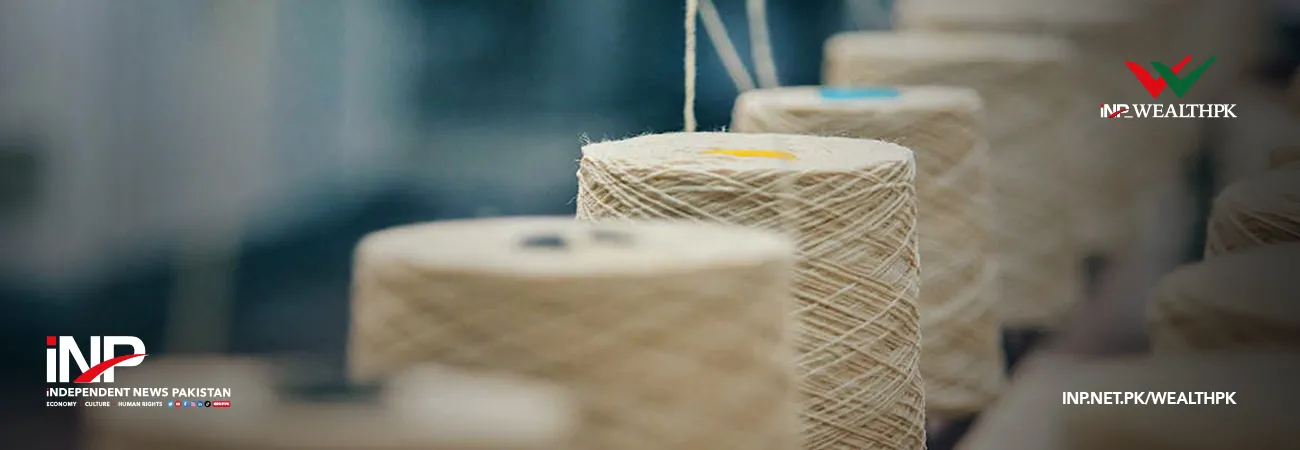INP-WealthPk
Raza Khan
Pakistan’s textile exports were recorded at $16.51 billion during the fiscal year 2022-23, according to the All Pakistan Textile Mills Association (APTMA). The country’s textile exports declined by 15% during FY23 compared to 2021-22 when exports remained at $19.32 billion, the highest in Pakistan’s history.
According to statistics (provisional) released by APTMA, textile exports also fell by 13% in June 2023 to $1.48 billion from $1.71 billion during the same month of 2022. The country’s textile exports remained positive during the first quarter (July-September) of FY23; however, exports declined during the rest of the months.
Asad Naqvi, senior analyst at APTMA, said various factors negatively affected textile exports during the last few months. “These factors include an increase in prices of petroleum products, expensive raw material, and domestic and global financial crisis,” he explained.
Naqvi said that the unavailability of foreign exchange reserves was also among the major problems faced by the industry during the last fiscal year. He said that country’s textile sector was also affected due to low cotton production.


The Government of Pakistan has also acknowledged that the last year was very tough for industries, including the textile sector, due to various reasons. Energy shortages, high electricity tariffs, elevated financing costs, global slowdown and devastating floods were major factors behind the decline in textile exports, the government said in the Economic Survey of Pakistan 2022-23.
“Global economic slowdown decreased the demand for Pakistani textile products,” the Economic Survey mentioned. Moreover, floods during last year resulted in losses for the cotton industry in shape of reduced local production, it further said. Turnaround time of raw materials is identified as another problem.
Importing raw material, processing it and re-exporting takes five to six months in Pakistan, while it takes only one to two months in Bangladesh, the Economic Survey said. The unsatisfactory performance of textile products may also be attributed to limited access to technology, ineffective image building and brand development strategies.
“Around 25% of industrial value-added is contributed by textile industry. Despite seasonal and cyclical changes, textile products continue to maintain an average share of around 59.53% in national exports,” the Economic Survey mentioned. According to the Board of Investment (BoI), Pakistan is the eighth largest exporter of textile products in Asia.
It is also the fourth-largest producer and third-largest consumer of cotton. Textile comprises 46% of the total manufacturing sector and provides employment to 40% of the total labour force. According to Textile and Apparel Policy 2020-25, textile exports target was set at $25 billion for FY23, which was missed by quite a margin.
Credit: INP-WealthPk




